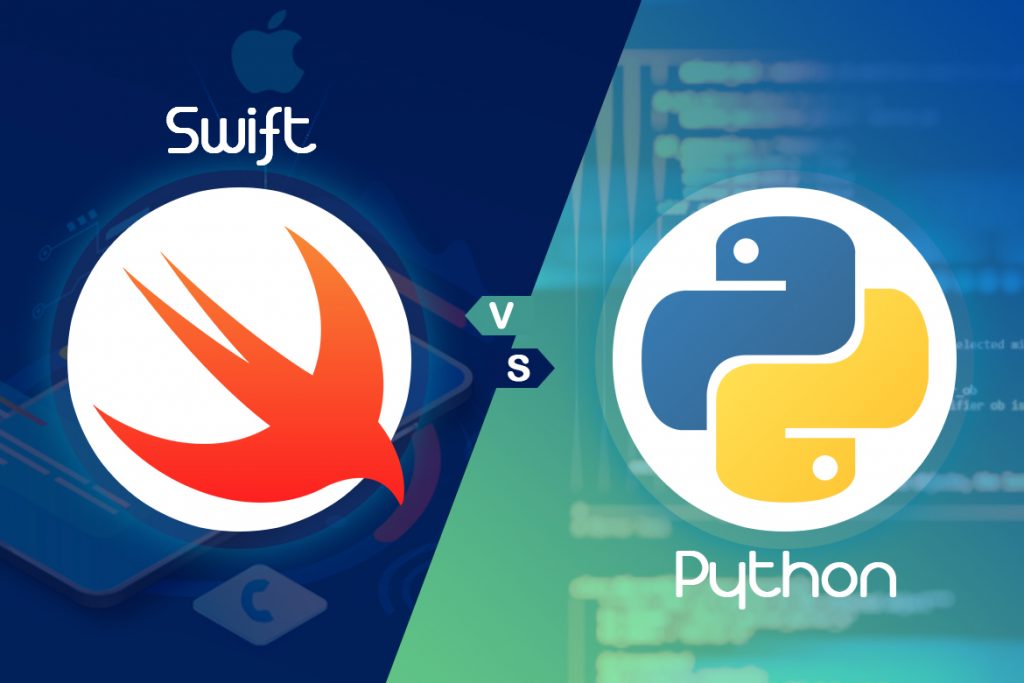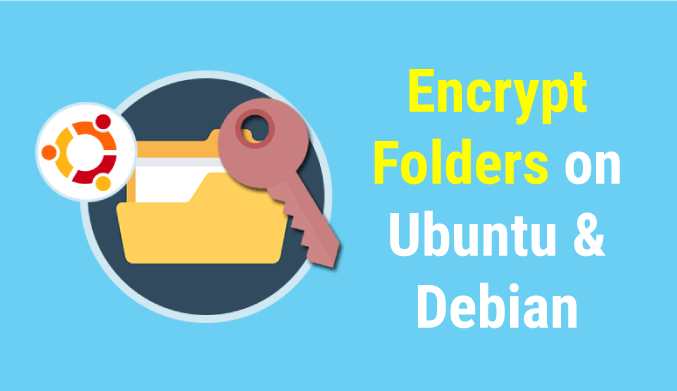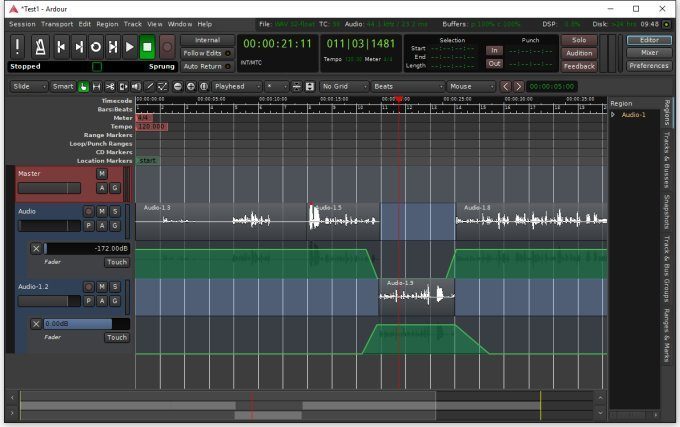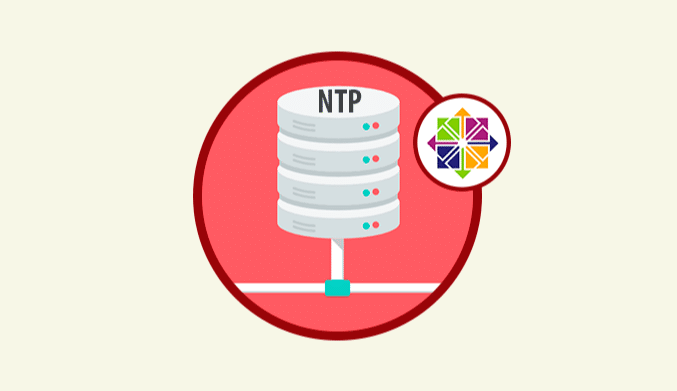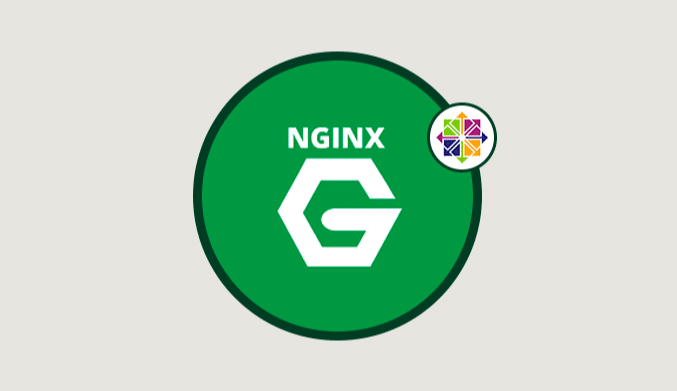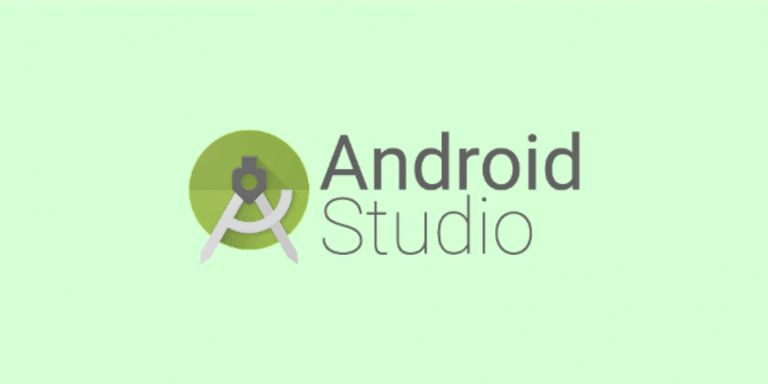Swift Vs Python: Which Language is Better for Beginners?
Swift and Python are two popular programming languages that have gained significant traction in the developer community. While both languages offer their own unique set of features and advantages, they also have differences that make them suitable for distinct use cases.
In this comparison between Swift and Python, we will delve into the key characteristics, strengths, and areas of application for each language. Whether you are a beginner exploring programming or an experienced developer looking to choose between Swift and Python for your next project, understanding their similarities and differences will help you make an informed decision. Let's explore the world of Swift and Python and discover which language best aligns with your needs and goals.
What is Python?
Python is a high-level, general-purpose programming language that emphasizes code readability and simplicity. It was created by Guido van Rossum and first released in 1991. Python has gained immense popularity due to its versatility and ease of use. Let's explore its key features and characteristics:
Pros of Python:
- Easy to Learn and Read: Python has a clean and straightforward syntax, making it easy for beginners to grasp. Its code is highly readable and resembles pseudocode, allowing developers to express concepts concisely and intuitively.
- Large and Active Community: Python boasts a vibrant and supportive community of developers. This active ecosystem provides extensive documentation, tutorials, and libraries, making it easier to find solutions to problems and share knowledge.
- Cross-platform Compatibility: Python is available on major operating systems such as Windows, macOS, and Linux. This cross-platform compatibility allows developers to write code once and run it on multiple platforms without significant modifications.
- Rich Library Ecosystem: Python offers a vast collection of libraries and frameworks for various domains and uses cases. These libraries enable developers to leverage pre-built functionality, saving time and effort. Popular libraries include NumPy for scientific computing, Pandas for data analysis, Django for web development, and TensorFlow for machine learning.
- Extensibility and Integration: Python can be easily extended and integrated with other programming languages. Developers can incorporate modules written in languages like C/C++ to optimize performance or leverage existing libraries and tools within their Python codebase.
- Strong Support for Data Analysis and Machine Learning: Python has become the go-to language for data analysis, machine learning, and artificial intelligence. Libraries such as NumPy, Pandas, sci-kit-learn, and TensorFlow provide robust tools for handling and analyzing data, implementing machine learning algorithms, and building AI applications.
Cons of Python:
- Performance: Compared to low-level languages like C or C++, Python is an interpreted language and can be slower in certain scenarios. However, for many applications, the performance difference is negligible, thanks to optimized libraries and just-in-time (JIT) compilation.
- Global Interpreter Lock (GIL): The Global Interpreter Lock is a mechanism in CPython (the reference implementation of Python) that allows only one thread to execute Python bytecode at a time. This can limit the performance gains from using multiple threads in certain situations. However, it's important to note that Python offers alternative concurrency models like multiprocessing and asynchronous programming with asyncio to overcome this limitation.
Application Scenarios:
- Web Development: Python is widely used for web development. Frameworks like Django and Flask provide powerful tools for building robust and scalable web applications. Python's simplicity and readability make it an excellent choice for both small and large-scale web projects.
- Data Analysis and Scientific Computing: Python, along with libraries such as NumPy, Pandas, and Matplotlib, is extensively used in data analysis, scientific computing, and visualization. It provides a flexible and efficient environment for processing and analyzing large datasets, performing statistical computations, and creating visual representations.
- Machine Learning and Artificial Intelligence: Python's extensive collection of machine learning libraries, such as sci-kit-learn, TensorFlow, and PyTorch, makes it a popular language for developing machine learning models and AI applications. Its simplicity, combined with the availability of powerful tools, facilitates rapid prototyping and experimentation.
- Automation and Scripting: Python's ease of use and a rich standard library make it an excellent choice for automation tasks, scripting, and system administration. It simplifies repetitive tasks, interacts with operating system functionalities, and automates workflows.
- Education and Beginner-Friendly Projects: Python's Readability and gentle learning curve
What is Swift?
Swift is a powerful and modern programming language developed by Apple Inc. It was introduced in 2014 as a replacement for Objective-C and has since gained popularity among developers. Let's explore its key features and characteristics:
Pros of Swift:
- Safety and Reliability: Swift is designed with a strong focus on safety and reliability. It enforces compile-time checks to catch and prevent common programming errors, such as null pointer dereferences and array out-of-bounds access. This helps developers write more robust and bug-free code.
- Modern and Concise Syntax: Swift features a modern and concise syntax that is easy to read and write. Its syntax draws inspiration from several programming languages, making it familiar to developers from different backgrounds. Swift's syntax reduces boilerplate code and improves code readability, enhancing developer productivity.
- Memory Management: Swift introduced Automatic Reference Counting (ARC), a memory management technique that automatically tracks and manages memory allocation and deallocation. ARC eliminates the need for manual memory management, making Swift memory-safe and reducing the likelihood of memory-related bugs.
- Performance: Swift is designed to deliver high performance. It combines the best aspects of compiled languages with modern language features. Swift code is compiled into highly optimized native machine code, allowing for efficient execution.
- Interoperability with Objective-C: Swift is fully interoperable with Objective-C, enabling developers to leverage existing Objective-C frameworks, libraries, and codebases within Swift projects. This compatibility allows for a smooth transition from Objective-C to Swift and encourages the reuse of existing code.
- Growing Community and Open Source: Swift has a rapidly growing community of developers who actively contribute to its development and ecosystem. Swift is also an open-source language, which means that developers can contribute to its evolution, create new libraries, and build tools to enhance the language.
Cons of Swift:
- Limited Platform Support: Swift was initially developed for Apple platforms, including iOS, macOS, watchOS, and tvOS. While efforts have been made to support Swift on other platforms, its official support is still primarily focused on Apple's ecosystem. This can limit its usability for cross-platform development.
- Learning Curve for Existing Objective-C Developers: Although Swift's syntax is more modern and approachable than Objective-C, developers familiar with Objective-C may need to invest some time to learn the nuances of Swift. Transitioning from Objective-C to Swift involves learning new language features, concepts, and best practices.
Application Scenarios:
- iOS, macOS, watchOS, and tvOS Development: Swift is the primary language for developing applications for Apple's ecosystem. It is extensively used for creating iOS and macOS apps, watchOS apps for Apple Watch, and tvOS apps for Apple TV. Swift's performance, safety features, and integration with Apple frameworks make it a popular choice among Apple developers.
- Server-Side Development: Swift has gained traction in server-side development. The Swift Server ecosystem, including frameworks like Vapor and Kitura, enables developers to build scalable and efficient server-side applications. Swift's performance and safety features make it an attractive option for backend development.
- Cross-platform Development: While Swift's official support is primarily for Apple platforms, there are community-driven initiatives, such as Swift for Android, that aim to bring Swift to other platforms. These efforts allow developers to explore cross-platform development using Swift.
- Prototyping and Scripting: Swift's ease of use and interactive nature makes it suitable for prototyping and scripting tasks. Its Playground feature provides an interactive environment for experimenting with code and visualizing results. Swift can also be used for scripting tasks, automation, and command-line tools.
- Education and Learning: Swift's simplicity, readability, and strong typing make it an excellent choice for teaching programming concepts and introductory courses. It's beginner-friendly syntax and interactive playgrounds help students grasp fundamental programming concepts while enjoying a smooth learning experience.
- App Development for Apple Platforms: Swift is widely used for developing apps across various domains, including productivity, gaming, entertainment, social media, and more. Its native integration with Apple's frameworks, such as UIKit and SwiftUI, enables developers to create visually appealing, responsive, and feature-rich applications.
- Embedded Systems and IoT: Swift's low-level capabilities, combined with its safety features, make it suitable for embedded system development and Internet of Things (IoT) projects. Swift can be utilized to write firmware, control hardware devices, and build IoT solutions with its support for platforms like Raspberry Pi and Arduino.
- Blockchain and Cryptocurrency Development: Swift has been utilized in the development of blockchain and cryptocurrency-related applications. Its performance, security features, and interoperability with existing technologies make it a viable option for building decentralized applications (DApps) and smart contracts.
Swift VS Python
| Feature | Swift | Python |
|---|---|---|
| Type of Language | A general-purpose, statically-typed language | A general-purpose, dynamically-typed language |
| Primary Use | Native application development, especially for iOS, macOS, watchOS, and tvOS platforms | Web development, scripting, data analysis, automation, artificial intelligence, scientific computing |
| Syntax Style | Modern, concise syntax with similarities to other C-like languages | Easy-to-read syntax with a focus on simplicity and readability |
| Memory Management | Automatic Reference Counting (ARC) for managing memory | Automatic memory management using garbage collection |
| Concurrency Model | Native support for concurrency using Grand Central Dispatch (GCD) and async/await syntax | Support for multi-threading and asynchronous programming using libraries like asyncio |
| Object-Oriented | Fully supports object-oriented programming with classes, structures, and protocols | Supports object-oriented programming with classes, inheritance, and polymorphism |
| Functional Programming | Supports functional programming paradigms with higher-order functions, closures, and immutable data structures | Supports functional programming with features like lambda functions, map, reduce, and filter |
| Performance | Generally high performance due to native compilation and optimization | An interpreted language, is generally slower than compiled languages, but with optimized libraries and just-in-time (JIT) compilation |
| Community and Libraries | A growing community with a focus on iOS/macOS development, a limited number of libraries compared to Python | Large and active community with extensive libraries and frameworks for various domains and use cases |
| Development Tools | Xcode IDE and Swift Package Manager for dependency management and build automation | Wide range of IDEs (PyCharm, VS Code, etc.), package managers (pip), and build tools (setup tools, PyInstaller) |
| Learning Curve | The relatively steep learning curve for beginners due to complex concepts and Swift-specific features | The gentle learning curve, especially for beginners, with easy-to-understand syntax and extensive learning resources available online |
| Supported Platforms | iOS, macOS, watchOS, tvOS, Linux (officially supported), Windows (unofficially supported) | Cross-platform support, including Windows, macOS, Linux, and many others |
Swift and Python: Which is better for a beginner?
Both Swift and Python are considered beginner-friendly programming languages, but they have some differences that may influence the choice for beginners.
Python is often recommended as a first programming language for beginners due to its simplicity and readability. Here's why Python is suitable for beginners:
- Easy to Read and Write: Python has a clean and straightforward syntax that closely resembles natural language, making it easy to understand and write code. Its code readability reduces the learning curve and allows beginners to focus on learning programming concepts rather than struggling with complex syntax.
- Gentle Learning Curve: Python's simplicity and high-level abstractions make it easier for beginners to grasp fundamental programming concepts. It doesn't require extensive knowledge of low-level concepts or complex programming paradigms, allowing newcomers to quickly start building projects and seeing results.
- Large Community and Resources: Python has a vast and active community of developers, educators, and enthusiasts. This means there are numerous learning resources, tutorials, and forums available to beginners, making it easier to find answers to questions and seek guidance when needed.
- Versatility and Practical Applications: Python's versatility allows beginners to apply their skills in various domains. It is widely used in web development, data analysis, scripting, automation, machine learning, and more. Being able to see practical applications of the language can be motivating for beginners.
On the other hand, Swift also offers advantages for beginners:
- Modern and Approachable Syntax: Swift has a modern and concise syntax that is relatively easy to read and write. Its syntax shares similarities with other popular programming languages, which can help beginners transition to other languages later on.
- Playground Environment: Swift's Playground feature provides an interactive environment for experimenting with code and seeing instant results. This immediate feedback fosters an exploratory and hands-on learning experience, allowing beginners to learn concepts through experimentation.
- Strong Typing and Safety: Swift's strong typing and safety features, such as type inference and options, promote good programming practices and help beginners avoid common mistakes. The compiler provides helpful error messages that aid in understanding and fixing code issues.
Ultimately, the choice between Swift and Python for beginners depends on personal preferences, interests, and intended goals. Python's simplicity, extensive resources, and practical applications make it an excellent choice for beginners seeking a versatile language with a gentle learning curve. Swift, with its modern syntax and interactive playground environment, can be a great option for beginners interested in app development for Apple platforms or those who prefer a statically-typed language.

